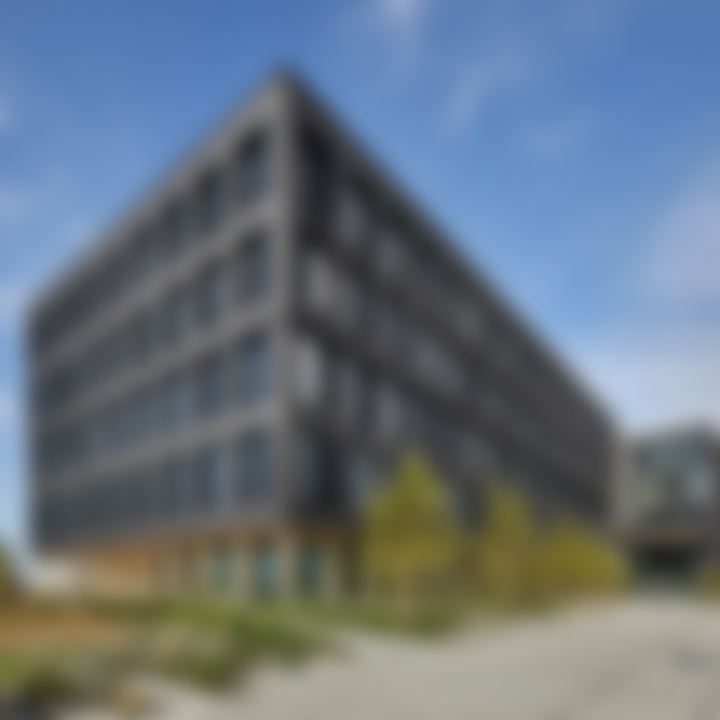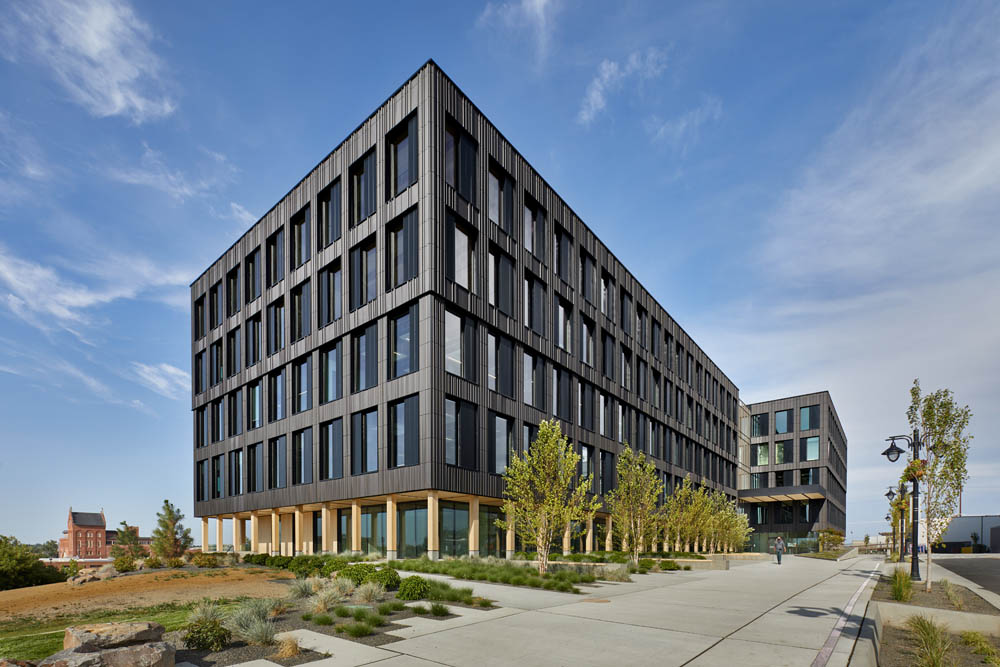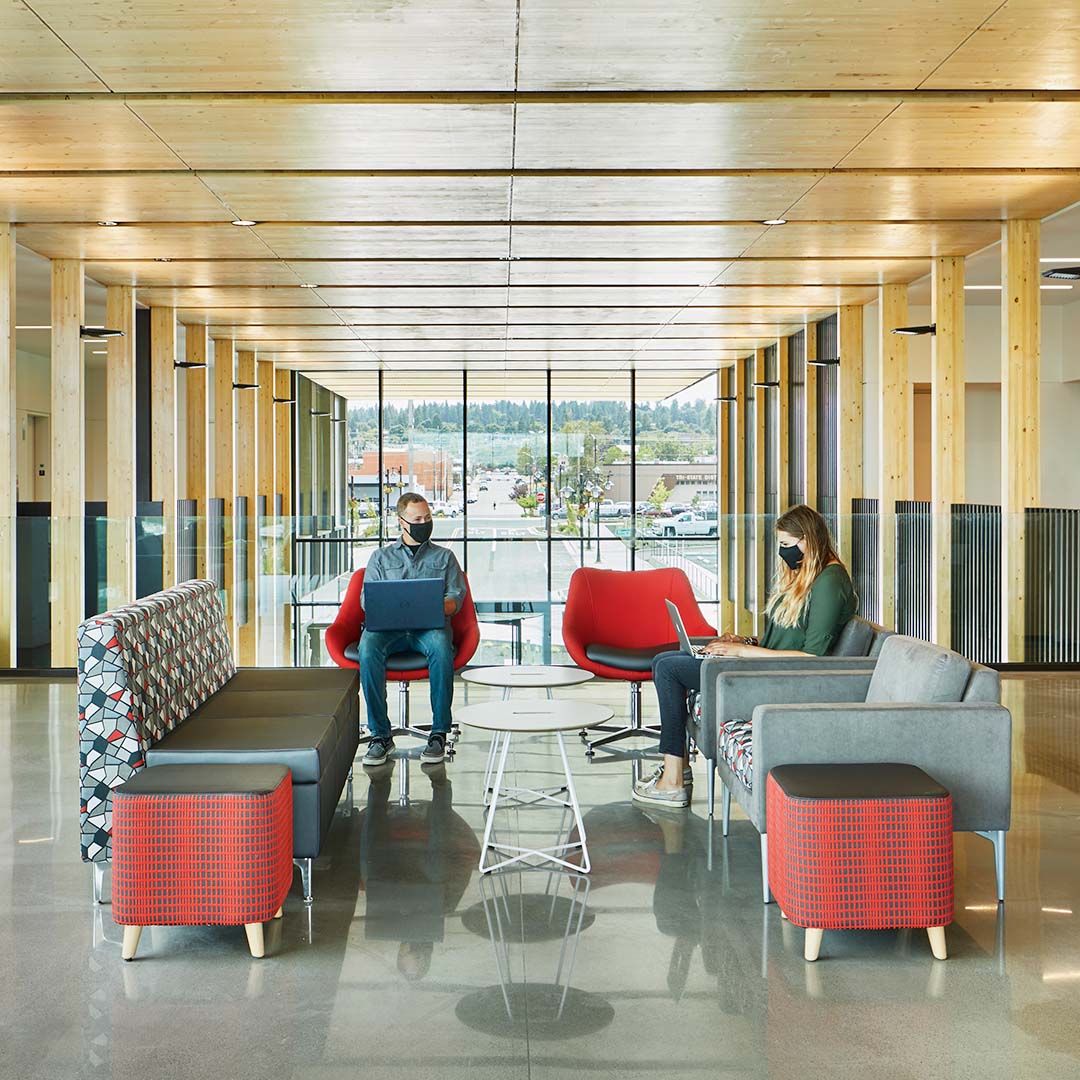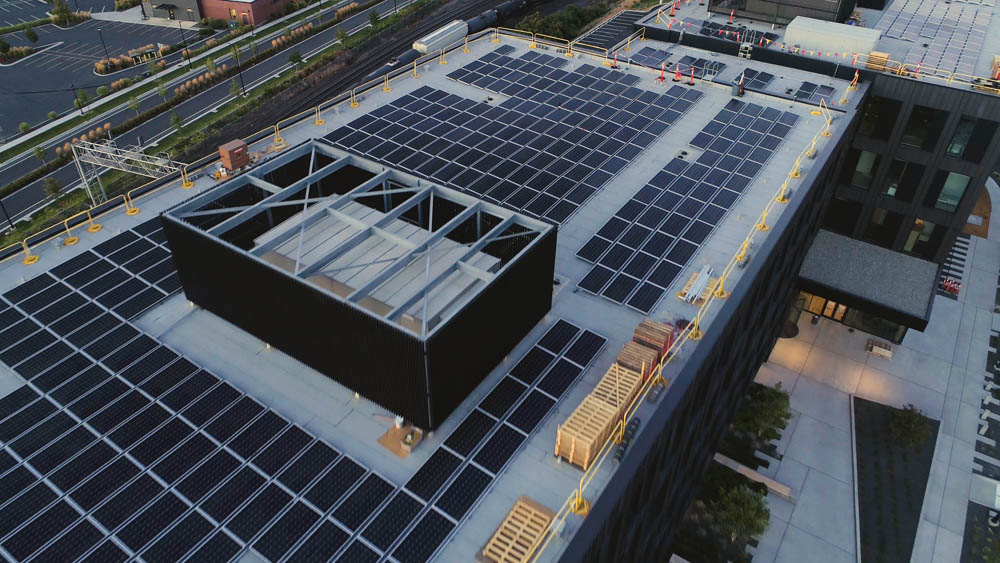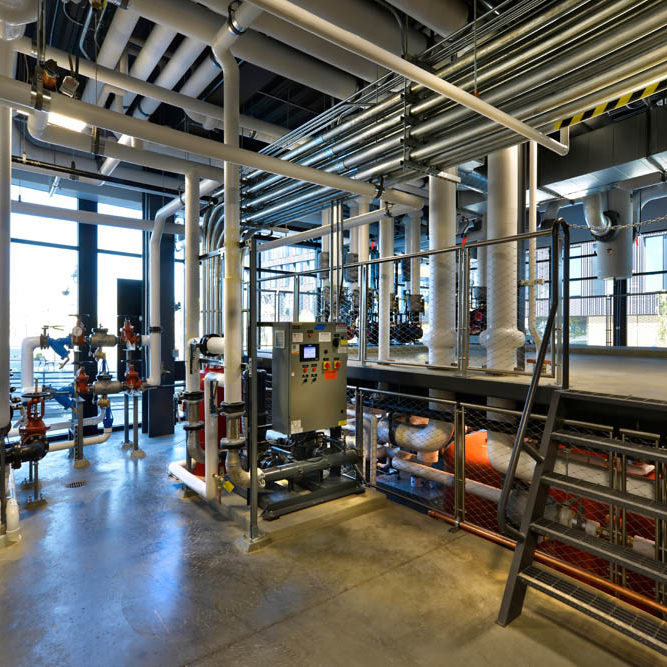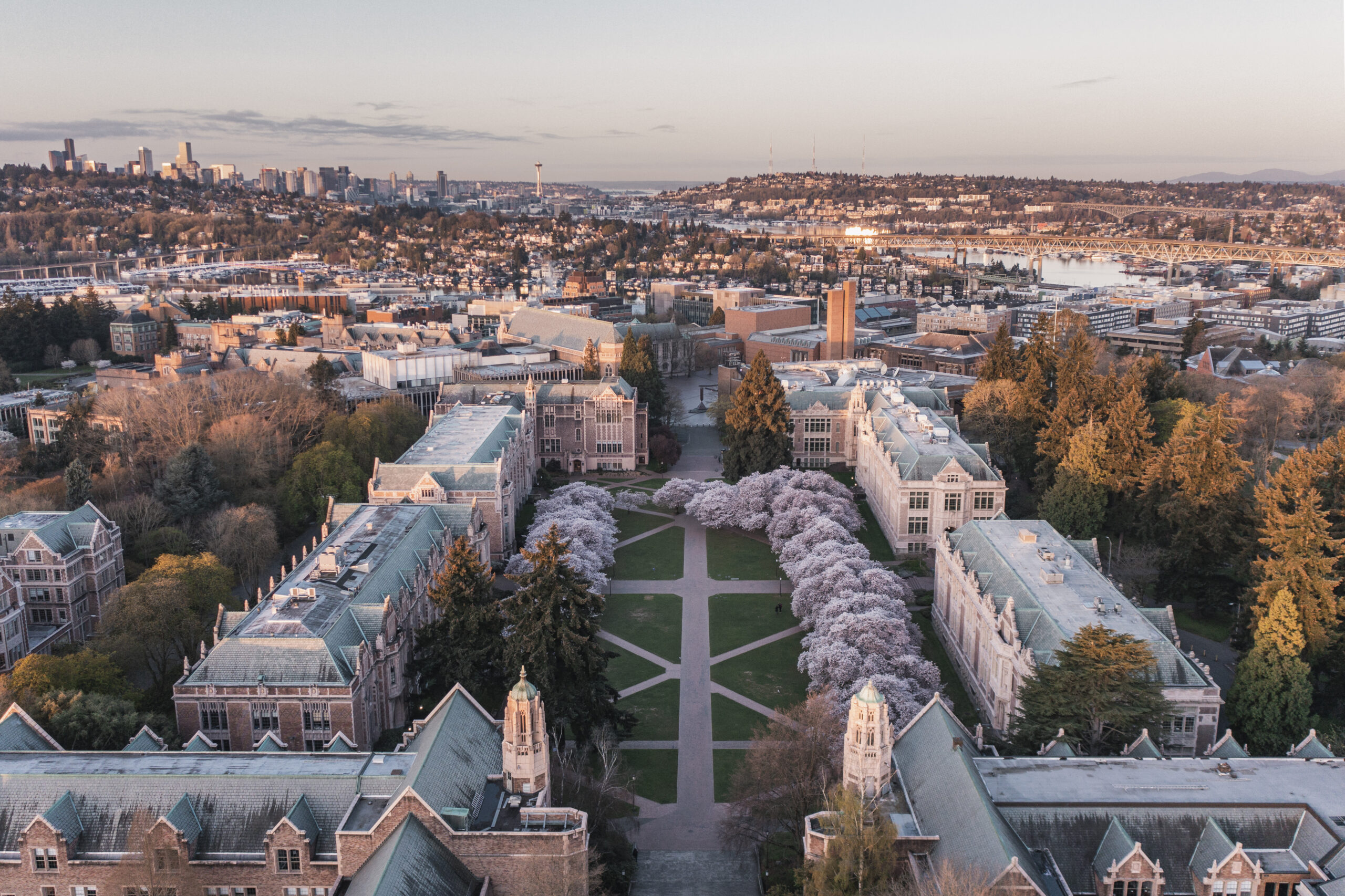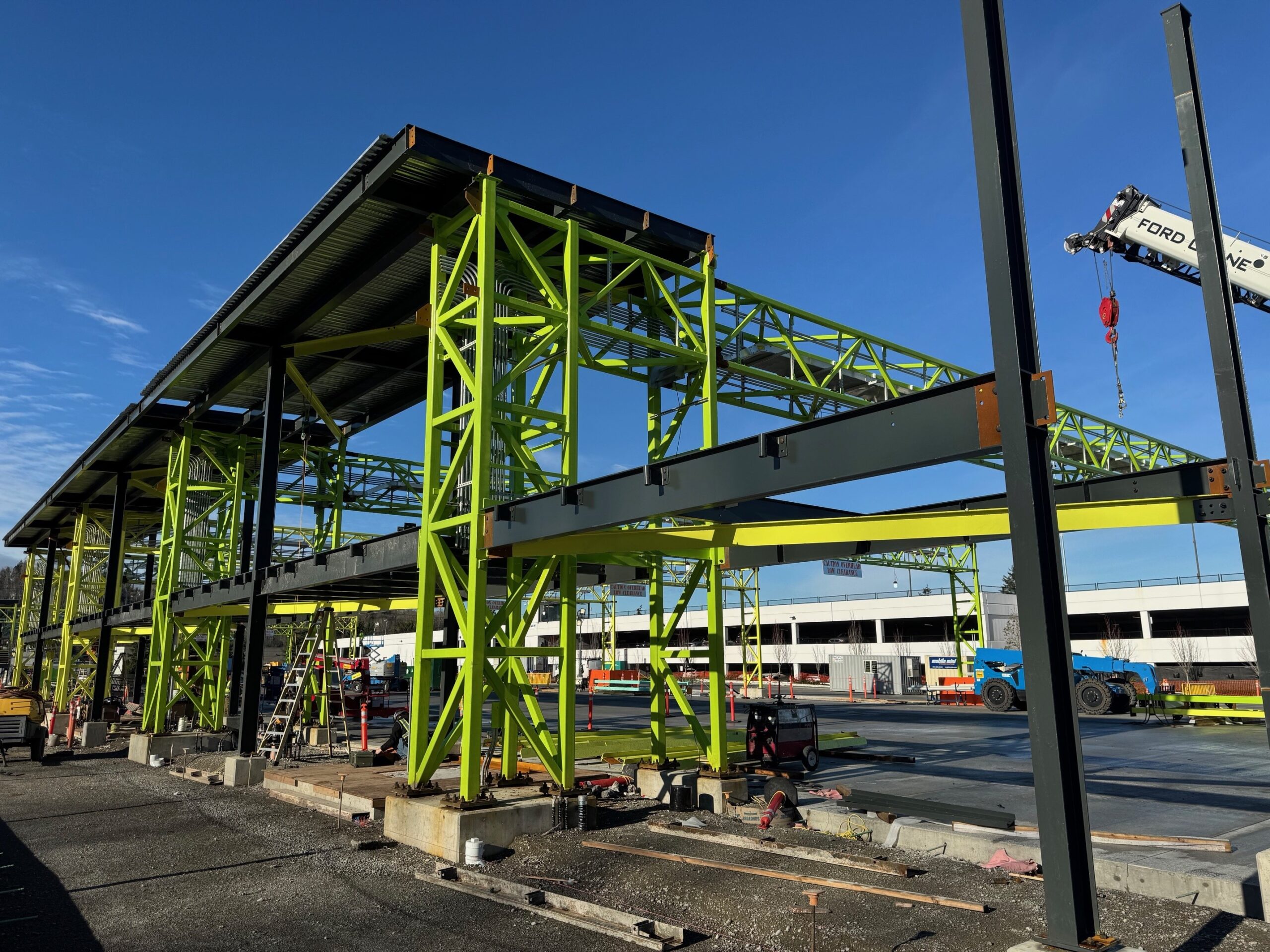Our Living Laboratory for Transformative Change
South Landing is home to our central research and development (R&D) efforts. The campus serves as a living laboratory, allowing us to work with industry partners to design solutions that will drive waste and climate harm out of our built environment.
